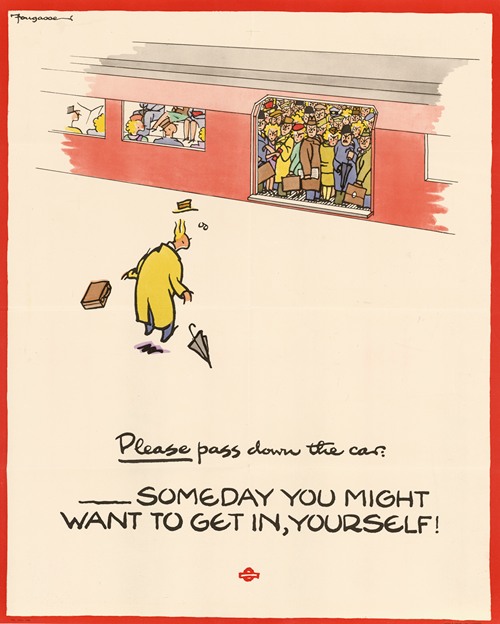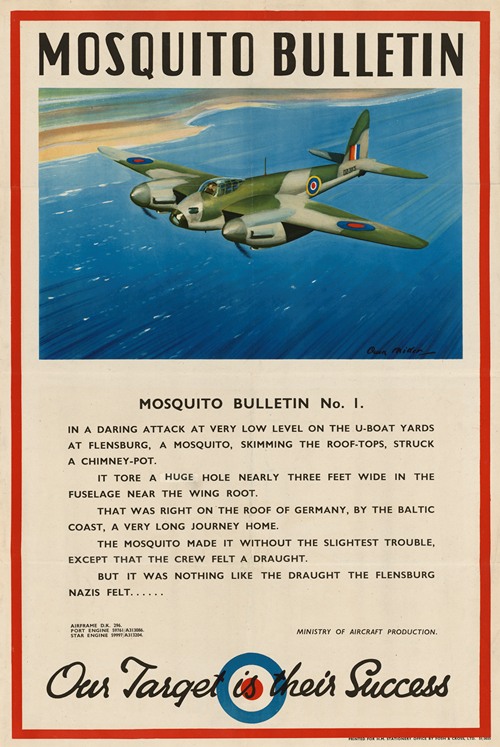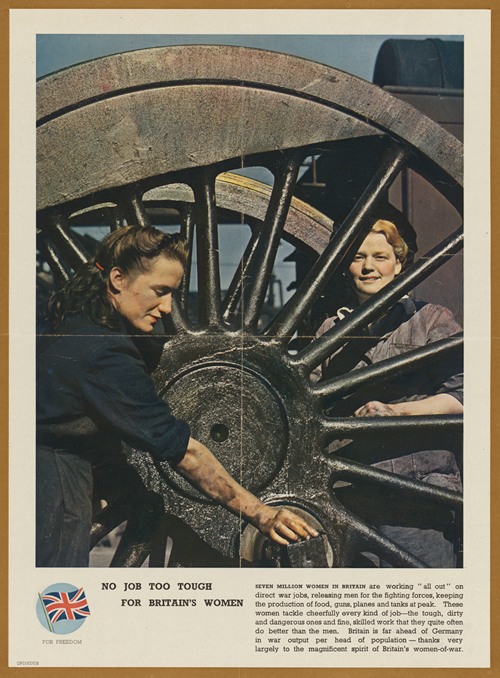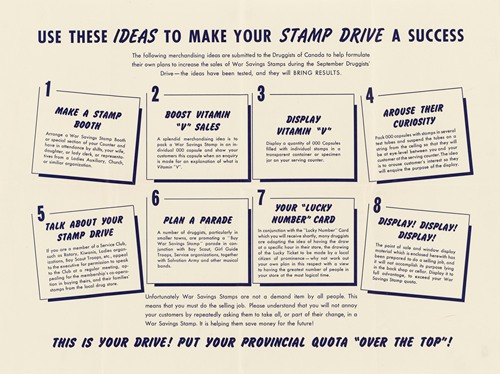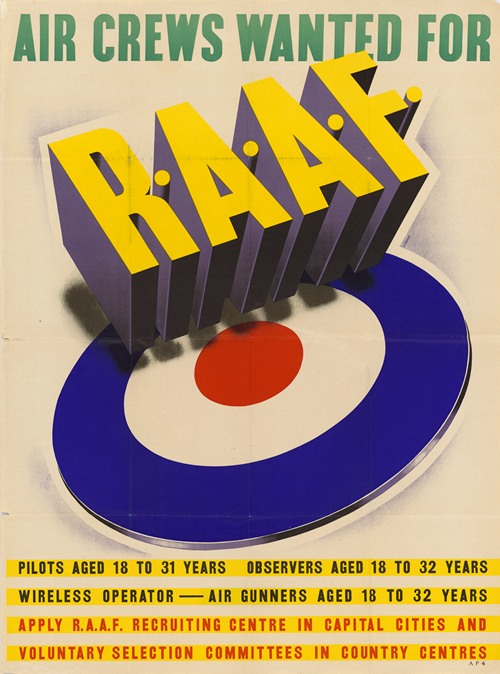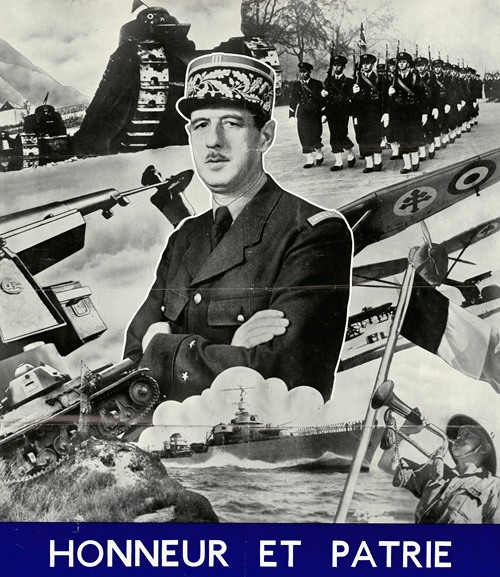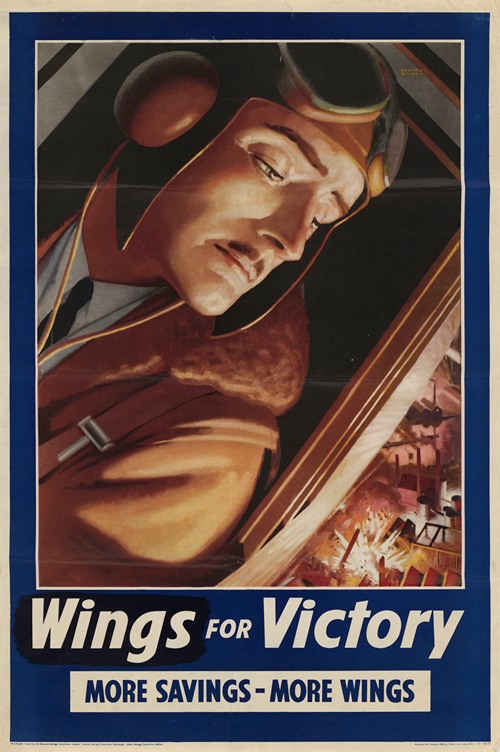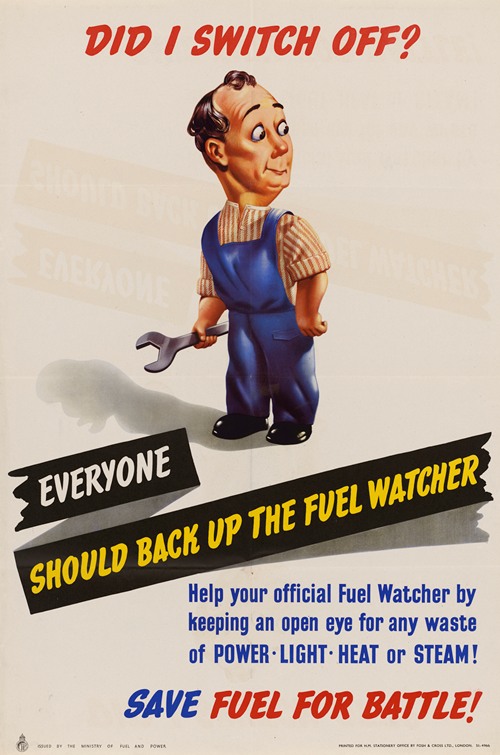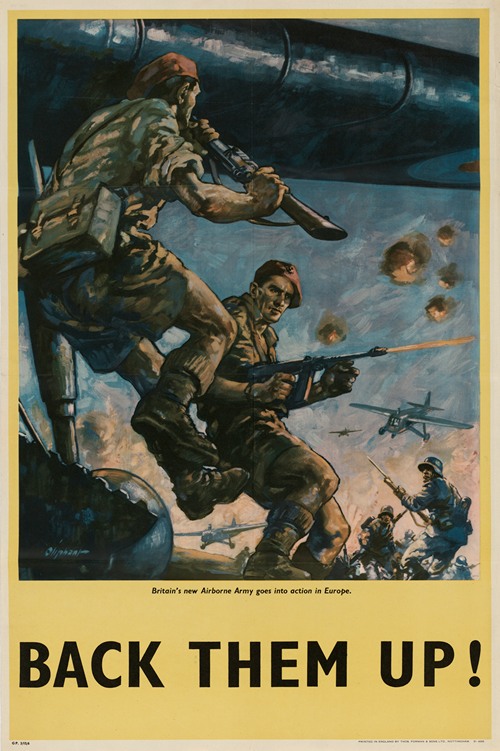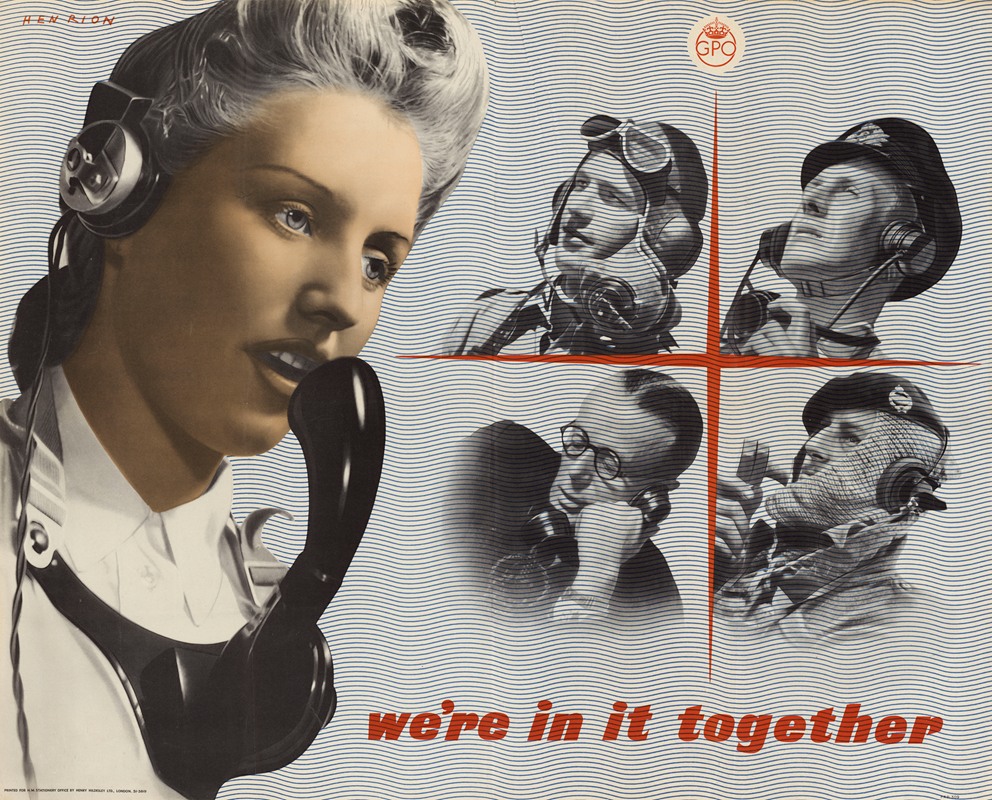
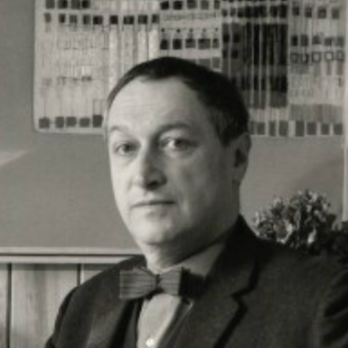
Frederick Henri Kay Henrion, RDI, OBE, was a Nuremberg-born German graphic designer.
After leaving school, Henrion went to Paris, and worked in textile design before studying with poster designer Paul Colin. In 1936, he moved to London, England where he set up his studio.
During the Second World War, Henrion was interned on the Isle of Man as an alien, but subsequently worked for the Ministry of Information and the US Office of War Information, designing posters for campaigns like Dig for Victory, Aid the Wounded, and Grow More Food.
After the war Henrion became art director at Contact Books, and in 1951 he started his own design consultancy named Henrion Design Associates. As well as creating exhibitions, packaging, and book and magazine design, they worked within the then-emerging concept of corporate identity - with Henrion becoming a pioneer in the field.
Alongside his poster, packaging and advertising design work, Henrion was involved in the design of many exhibitions around the world. These included the Publicity Pavilion for the Paris International Fair, and the MARS (Modern Architectural Research Society) exhibition in London. He also worked on projects for the 1938 Glasgow Empire Exhibition, the 1939 New York World's Fair, and the Air France pavilion at the Tel Aviv Levant Fair, 1940,
After the war, Henrion continued to develop a reputation as an exhibition designer. He designed two of the pavilions at the 1951 Festival of Britain: The Country and The Natural Scene.
Henrion lectured at the Royal College of Art from 1955 to 1965, and was head of Visual Communication at the London College of Printing from 1976 to 1979. He also worked as an art editor for various publications, and contributed to the Council for Industrial Design's Design magazine.
Henrion was a member of the Artists' International Association, the Society of Industrial Artists and Designers (later the Chartered Society of Designers), and the Council of Industrial Design; in 1952 he became one of the earliest members of Alliance Graphique Internationale, in which designers from all over the world could meet and share ideas.
He was elected a Royal Designer for Industry in 1959. He was appointed MBE in 1951 and elevated to OBE in 1985.
Henrion was closely involved with design institutions such as the Council of Industrial Design (later the Design Council) and ICOGRADA (International Council of Graphic Design Associations).
Henrion married the British sculptor Daphne Hardy in 1947. Together they had two sons and a daughter. They separated in the 1970s.
